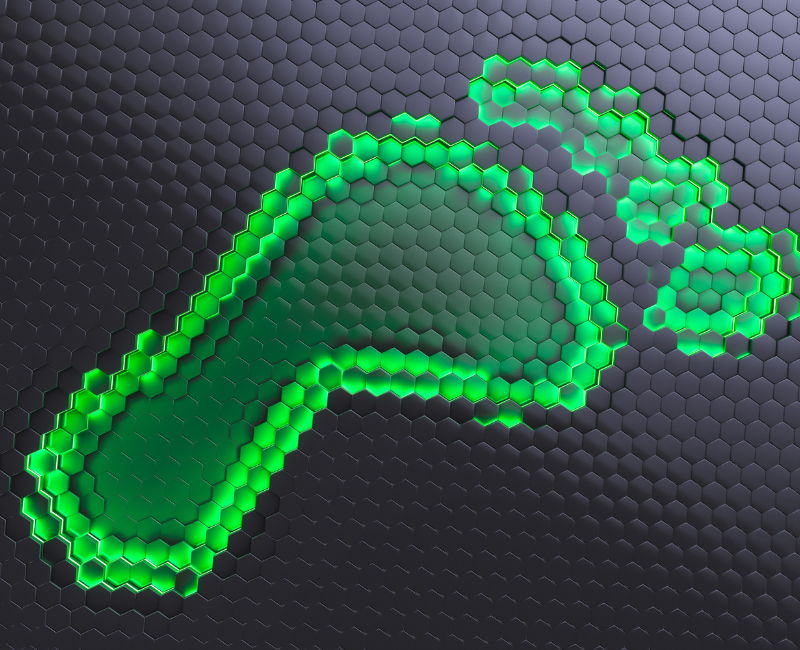Gangrene to the feet: How to avoid it and keep your feet healthy
Gangrene is a serious medical condition that occurs when blood flow to a part of the body is restricted. This can cause tissue to die, which can lead to infection and amputation. Gangrene is most common in the feet and legs, due to the distance they have to travel to receive blood from the heart.
Symptoms of gangrene
The early symptoms of gangrene include:
- Numbness or coldness in the feet
- Changes in skin color, such as redness, blueness, or paleness
- Pain or sores on the feet that do not heal
- Hair loss on the feet
If you experience any of these symptoms, it is important to see a doctor right away.
Causes of gangrene to the feet
Gangrene to the feet can be caused by a number of factors, including:
- Diabetes: Diabetes is the leading cause of gangrene. People with diabetes are more likely to have nerve damage and poor circulation, which can increase their risk of gangrene.
- Peripheral artery disease (PAD): PAD is a condition that narrows the arteries in the legs and feet. This can reduce blood flow to the feet and increase the risk of gangrene.
- Raynaud’s disease: Raynaud’s disease is a condition that causes the blood vessels in the fingers and toes to narrow when exposed to cold temperatures. This can reduce blood flow to the feet and increase the risk of gangrene.
- Frostbite: Frostbite is a condition that occurs when the skin and underlying tissues are damaged by freezing. Frostbite can reduce blood flow to the feet and increase the risk of gangrene.
- Injury: An injury to the foot can damage the blood vessels and increase the risk of gangrene.
How to avoid gangrene to the feet
The best way to avoid gangrene to the feet is to manage any underlying medical conditions that increase your risk. This includes managing diabetes, PAD, and Raynaud’s disease. It is also important to protect your feet from injury and frostbite.
Here are some tips for avoiding gangrene to the feet:
- Manage your diabetes: Keep your blood sugar levels under control by following your doctor’s treatment plan.
- Manage PAD: If you have PAD, follow your doctor’s treatment plan to improve blood flow to your legs and feet. This may include medication, exercise, and surgery.
- Manage Raynaud’s disease: If you have Raynaud’s disease, protect your feet from cold temperatures by wearing warm shoes and socks.
- Protect your feet from injury: Be careful when walking on uneven surfaces and avoid wearing shoes that are too tight or too loose.
- Protect your feet from frostbite: If you are going to be exposed to cold temperatures, wear warm shoes and socks.
How to keep your feet healthy
In addition to avoiding the risk factors for gangrene, it is also important to keep your feet healthy overall. Here are some tips:
- Wash your feet daily with warm water and soap.
- Dry your feet thoroughly, especially between the toes.
- Inspect your feet daily for any signs of problems, such as cuts, sores, or changes in skin color.
- Trim your toenails straight across and avoid cutting them too short.
- Wear shoes that fit well and are comfortable.
- Avoid smoking.
- See a doctor or podiatrist regularly for foot checkups.
If you have any concerns about gangrene or your foot health, be sure to talk to your doctor.
References
- American Diabetes Association: https://diabetesjournals.org/
- Mayo Clinic: https://www.mayoclinic.org/diseases-conditions/gangrene/symptoms-causes/syc-20352567
- National Heart, Lung, and Blood Institute: https://demanddeborah.org/conditions/peripheral-artery-disease-pad/
- National Institute of Arthritis and Musculoskeletal and Skin Diseases: https://www.facebook.com/NIH.NIAMS/photos/a.411023598924756/3071316129562143/?type=3




